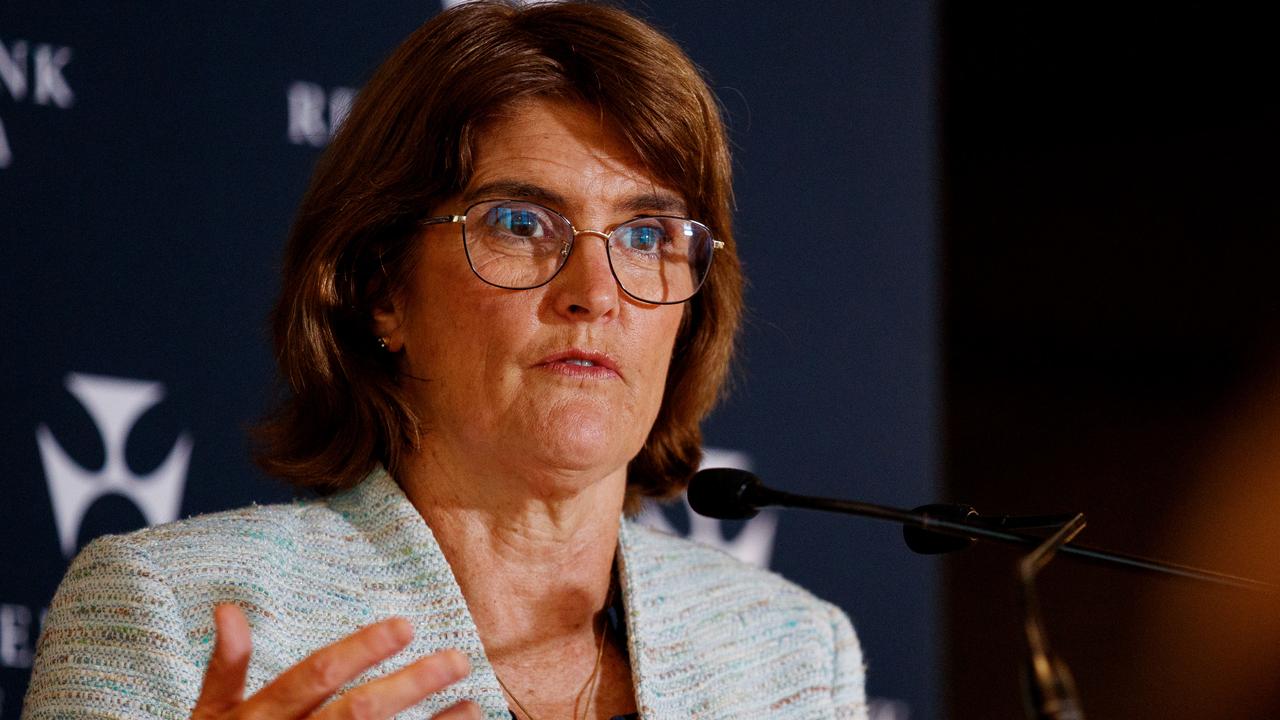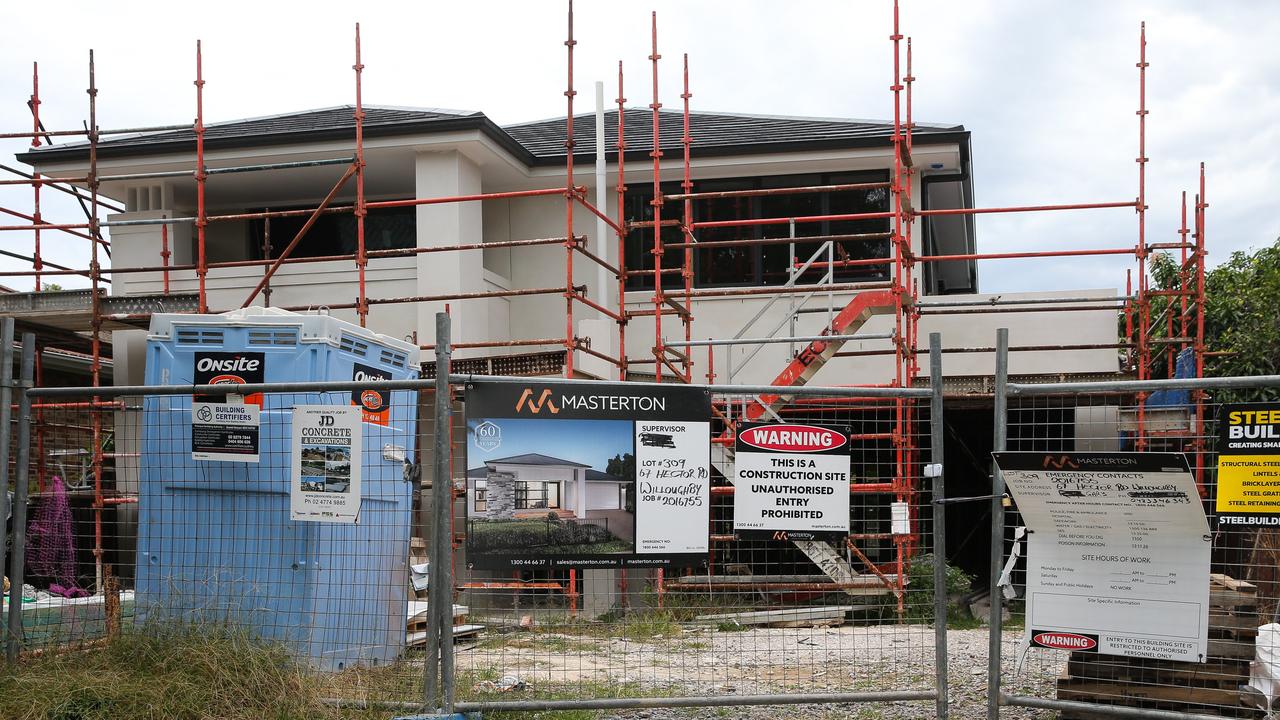Rate cut 'still likely' in October
THE turmoil in world financial markets has increased the chance of a follow-up interest rate cut in October, economists say.
Rate cut 'still likely' in October
THE current turmoil in world financial markets has increased the chance of a follow-up interest rate reduction in October, despite the minutes of the central bank's last board meeting suggesting policy makers may wait before cutting further.
The minutes of the Reserve Bank of Australia's (RBA) September 2 meeting, released today, indicated it was not in a hurry to embark on a series of official interest rate cuts.
But economists said the two-week old information was out of date because it was written ahead of the current woes in the US financial sector, which has sent stock markets tumbling around the world.
The minutes said there was in place "a necessary precondition for a decline in inflation back towards'' its target band of between 2 and 3 per cent over the course of the economic cycle.
The RBA decided at its September 2 board meeting to cut interest rates for the first time since December 2001, by 25 basis points to 7 per cent.
ANZ senior economist Katie Dean said turmoil in the US, following the collapse of investment bank Lehman Brothers, made an October rate cut more likely than not.
"The minutes are two weeks old,'' she said.
"There's clearly disruptions in financial markets - that would suggest the Reserve Bank would be prepared to provide more insurance when they meet in October.
"We've had cataclysmic falls in US financials ... I think the conditions have been met.
"The events over the last couple of days overwhelmed the better economic data.''
Ms Dean said better than expected labour force and retail trade data released last week had reduced expectations of an October rate cut.
"The message from the minutes was the Reserve Bank was watching the data,'' she said.
"If there was good economic data ... they would be inclined to stay on hold.''
The RBA today noted the risk in easing monetary policy too soon, given that it did not expect to see clear evidence of an expected fall in inflation for some time.
"Policy had to balance these risks,'' the minutes, published at 11.30am (AEST) today, said.
"After considering all the evidence, the board came to the view this balance was best achieved by reducing the cash rate at this meeting.''
The RBA said waiting too long to ease monetary policy from what it described as a "quite restrictive setting'' could result in demand weakening more sharply than necessary.
"This would deliver a faster reduction in inflation, but at greater short-term economic cost,'' the minutes said.
The Australian dollar had little initial reaction to the RBA release, hovering around the US79.54c mark soon after 11.30am AEST.
The Australian dollar then fell below $US0.7900 after midday for the first time since August 17, 2007.
RBC Capital Markets senior economist Su-Lin Ong said the RBA minutes said little that was new, suggesting the central bank would take a caution approach with rate cuts.
"There was little new information in today's September board minutes with the key policy section confirming that the tightening in financial conditions which is exerting a significant restraining influence on activity was largely the reason for the recent 25 basis point cut,'' she said.
"An easing bias is evident, but in line with the (RBA) governor (Glenn Stevens') recent testimony, it appears to be a cautious approach with no indication that the RBA wants to move quickly or aggressively.''
Ms Ong said recent financial market developments had superseded the minutes.
"As we have argued on a number of occasions, it is that the global backdrop will prove the determining factor in deciding the quantum of this current easing cycle,'' she said.
"The faltering global growth outlook continues to argue for a larger easing cycle than the 100 basis points that we have pencilled in.''
JPMorgan chief economist Stephen Walters noted that the minutes had referred to the "opposing forces'' of the soaring terms of trade boost against the slowing demand in the economy, when considering the September 2 rate cut.
"Board members debated the merits of the timing of the first reduction in the cash rate, and balanced the risks of easing too early against the perils of waiting too long,'' Mr Walters said.
"It seems, therefore, that, before the events of the last few days at least, officials were in no rush to ease policy.
"This is partly because inflation is very likely to rise in coming quarters, and will return to target only `over time'.''
Future direction of monetary policy would have to be re-evaluated after the turmoil in financial markets since the board met two weeks ago, Mr Walters said.
"Indeed, the bottom line is that whatever RBA officials were thinking two weeks ago probably needs to be reviewed extensively,'' he said.
"Given what has happened in markets and the shifting perceptions of risk.''



